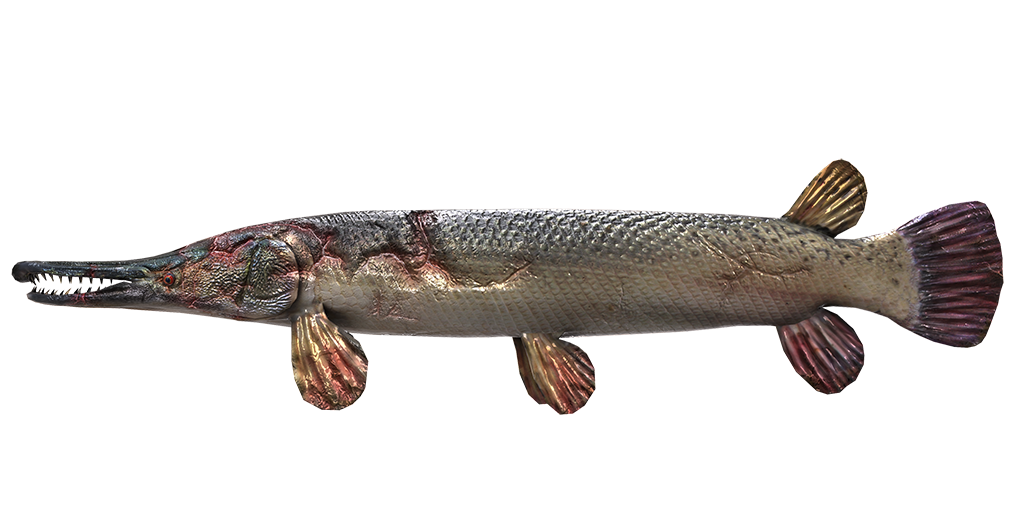
The wild had reclaimed what had always belonged to the wild, and as we rode farther upriver that morning, I found myself thinking: This is what the world will look like once humanity has destroyed itself.

The place is littered with remnants of civilization, the drainage for a city of more than a million, but there were no houses, no people other than us. Rusted I beams long snapped and twisted show the bones of washed-out bridges. Spring floods uproot full-grown trees and stack logjams two stories high. Enough rain and the Trinity will crest its banks, climb the clay to flood pasture and field. A half inch of rain in Dallas and the water might rise five feet a full inch and it could come up eight.

Here the river eats everything-ground, trees, fences, bridges, roads. But the channel carved by floods and years ensured that in time the water would rise. There’d been no rain since spring, and now at midfall the river was bottomed out. Sand-colored clay rises sharply to vertical bluffs, the bases scattered with animal tracks where deer and pigs come to dip their noses into the river and drink. Willows crowd the banks all but for a few oaks and sycamores. An hour and a half southeast of Dallas, the Trinity River digs a steep-banked scar through Texas’s post-oak savanna. This was a landscape unlike any I’d ever seen.

Dawson Hefner whipped the tunnel hull around river bends like he was sliding sideways through the hairpins of a dirt track, and as we shot around the first curve, a passel of hogs lit out across a clay bank in a jet-black blur.


 0 kommentar(er)
0 kommentar(er)
